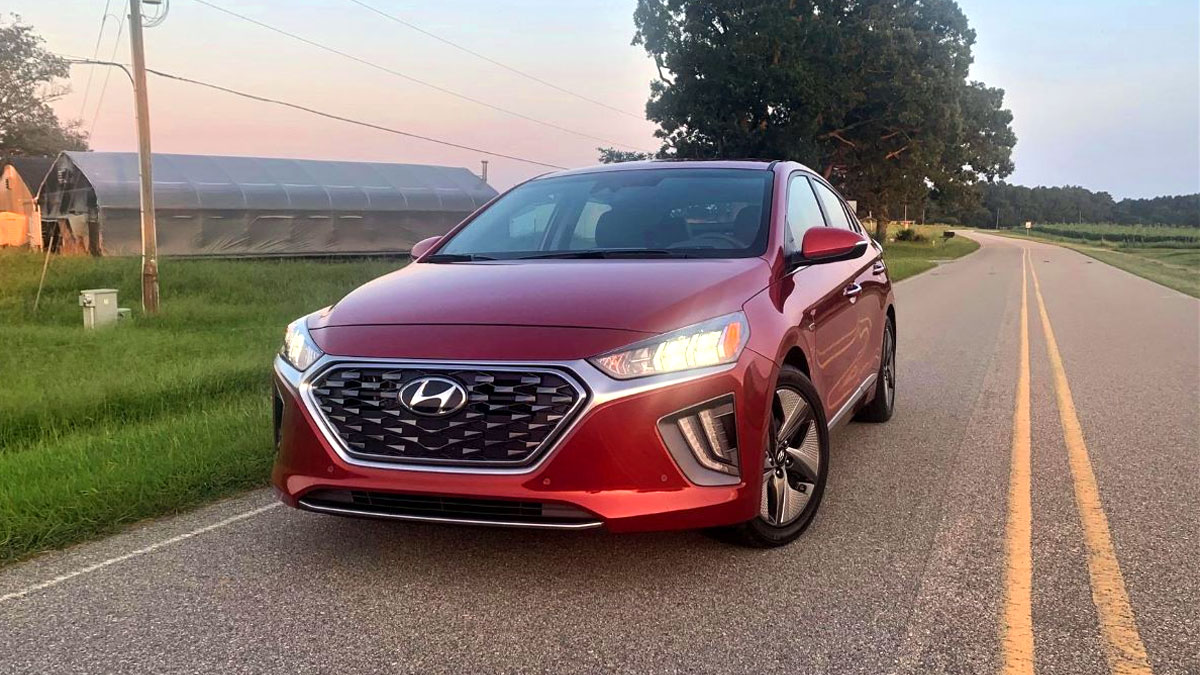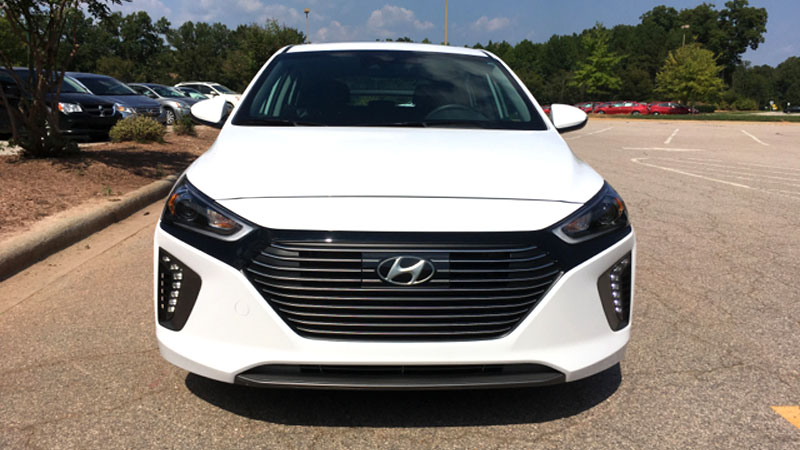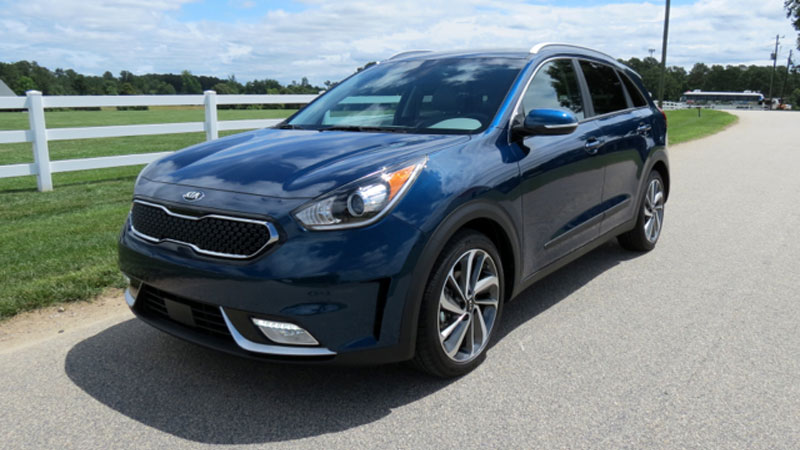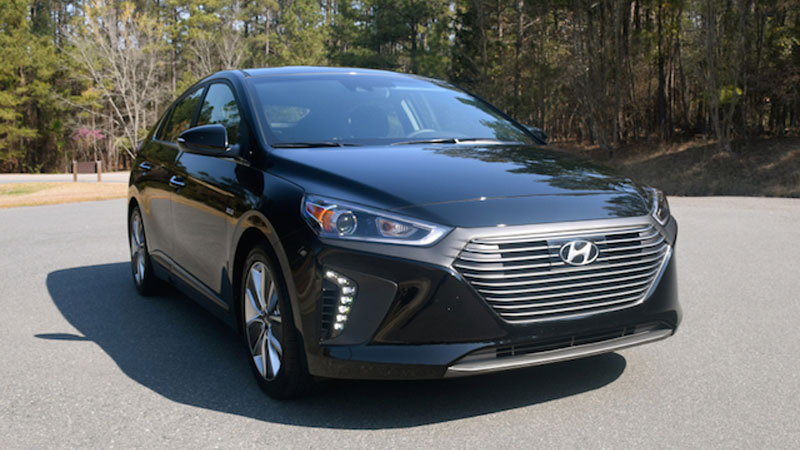2020 Hyundai Ioniq Hybrid (Fuel Economy Takes Center Stage)
Averaging 55 mpg is this model’s modus operandi. The Hyundai Ioniq is a tale of three models, namely hybrid, plug-in hybrid, and pure-electric variants. All three are front-wheel-drive compact hatchbacks with room for five. Introduced in 2017, the 2020 model features several changes, including new front and rear bumpers, a … Read more






